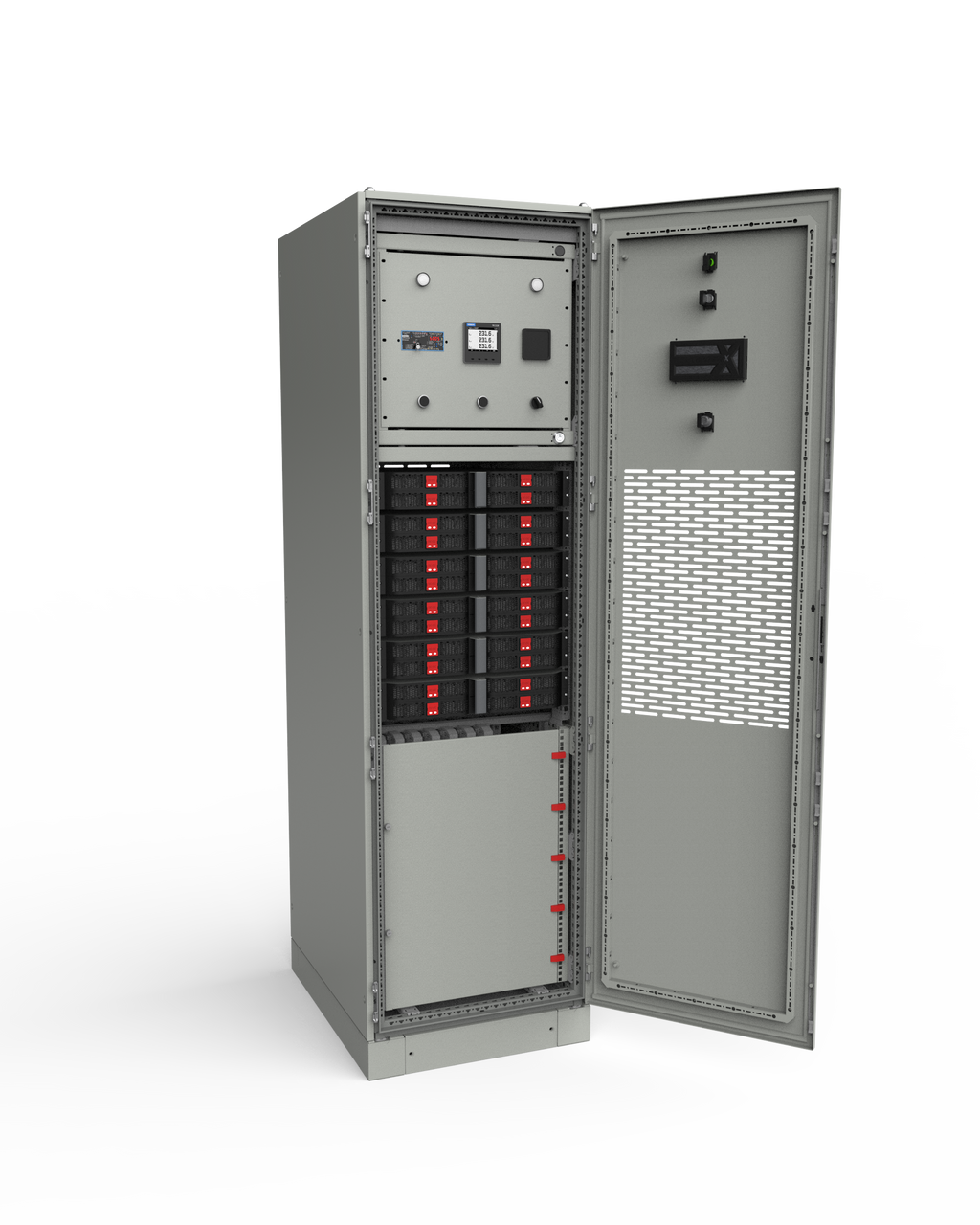Monitor one or multiple sites with one tool. It connects to CE+T and third-party devices for full visibility, smart control and simplified maintenance.
Emulation of power converters using hardware in the loop
Each year CE+T Power has the chance to welcome students from different universities and with different backgrounds. This year, we had the pleasure to have Bastien Ewbank in our R&D department.
Joining our R&D department
Bastien is a student in Electrical Civil Engineering specializing in electronic systems and devices at the University of Liège. He joined our R&D department in February. He wrote a thesis about the “Emulation of power converters using hardware in the loop for the design and evaluation of digital control algorithms”.
Abstract: Emulation of power converters
Context
Nowadays, more and more renewable energy sources are integrated in our energy systems to meet climate target plans. Modern electrical power systems use power electronics converters to interface renewable energy sources with the electrical grid. Inverter-based power systems require efficiency as well as controllability to optimize energy yield while guaranteeing grid security. As such, local controllers, embedded in power electronics converters to control the switching operations, become more complex, and their development gives rise to new challenges.
Aim of the thesis
This thesis aims to investigate and analyze the benefits of the hardware-in-the-loop (HIL) emulation technique, to evaluate power converter digital control algorithms in an industrial context. The heart of HIL is that an actual control board is connected to an emulator containing a digital twin of the power converter. This enables the validation of control software without risking damaging areal converter. Moreover, it also allows to easily test a converter in several simulated environments. The thesis is divided in two main parts.
Different stages
The first stage of the thesis explores what advantage HIL simulation technique can provide by designing a converter model and its associated control algorithm, representing a virtual EV battery charger. The control Algorithm is implemented on a Hardware microcontroller (MCU) while the power converter is emulated by aFPGA based device named HIL device. A dedicated interface has been designed to connect the MCU to the HIL device. A comparison between the fully simulated battery charger and the battery charger emulated by the HIL method is performed to analyze discrepancy between HIL emulation and full simulation.
Then, the second stage demonstrates benefits and reliability of HIL simulation for power electronics industries. To show that, measurements from a real converter from CE+T power range of product are compared with HIL simulation results of the same converter. The real converter is therefore modeled inside the Typhoon1 HIL software and the control board of the real converter is interfaced to the HIL device.
Finally, the comparison results and potential of HIL are discussed and future work is evoked.
A real contribution for CE+T
With his thesis, Bastien Ewbank has demonstrated the applicability of the technique to the simulation of an Iris DC/DC converter at the heart of CE+T Power DC distribution solutions for Telecom and Data Center applications. Based on his work, we will extend the application of this technique to more complex systems, to our grid-connected multidirectional converters and nested control equipment including our monitoring and control Inview.










